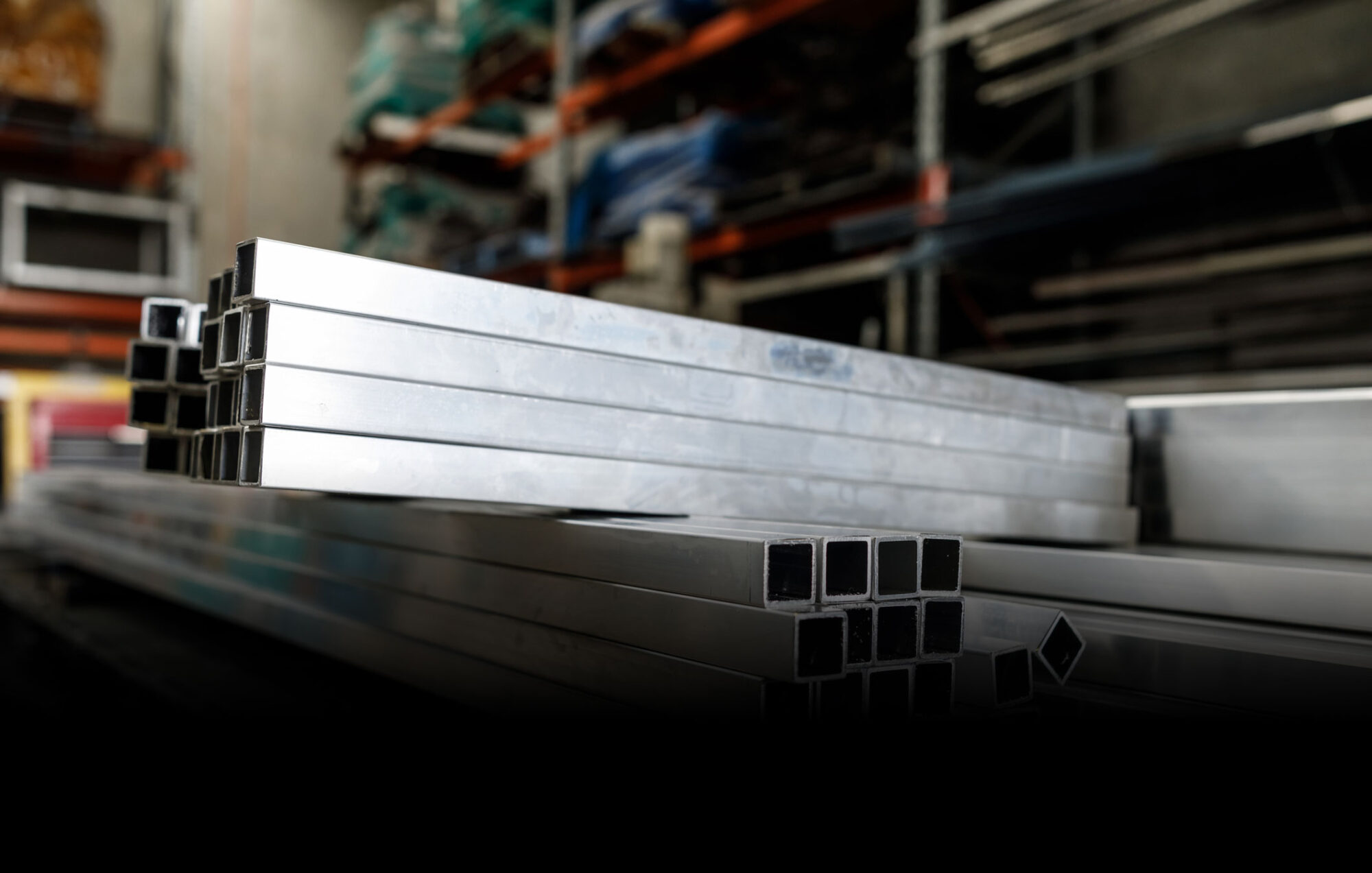Ferrous Metals or Non-ferrous Metals
The quality of every material constructed depends on its foundation. As today’s technology advances, we often see new things being built such as towering buildings and long bridges. In the past, these structures were built with fragile wood. But since humans are quite discontented, they explore and devise new and sturdier materials like metals. Metals can be subdivided into two groups which are called ferrous metals and non-ferrous metals.
We all know that metals are malleable yet sturdy. Thesemetals are very good conductors of heat and electricity which make them very essential in today’s living. But what exactly are the differences between the two of them?
Ferrous metals contain iron. The word actually has its roots from the Latin word “ferrum” which means “anything that contains iron.” Specific examples of ferrous metals are: wrought iron, stainless steel, and carbon steel. Since ferrous metals contain iron, they are magnetic. This property is the major difference between ferrous metals and non-ferrous metals. These metals are preferred in building sturdy, strong iron fences and walls, gates, and other materials made with ferrous metal alloys.
If ferrous metals have magnetic properties, non-ferrous metals are known for their lighter weight yet higher strength. Specific examples of non-ferrous metals are: brass, aluminum, and copper. Since non-ferrous metals are also non-magnetic in nature, they have higher resistance to corrosion with increased melting points. They are more preferred in electronic applications. If you would take a closer look at most electrical wiring, it is made mostly of copper, which is a non-ferrous metal.
We have said earlier that ferrous metals are magnetic, but it depends on the amount of iron these metals contain. The best example of this is stainless steel. This type of ferrous metal is not magnetic in nature because it undergoes a different process. In order to make it non-magnetic, it is soaked in nitric acid to get rid of its iron content, thus only the nickel remains. Even if the iron of the stainless steel is purposely removed, it is still classified as a ferrous metal.
If non-ferrous metals are very resistant to corrosion, other metals are not. This corrosion takes the form of rust, the reddish and brownish substance on the surfaces of ferrous metals. This happens because of the presence of moisture in the air causing the metals to rust.

